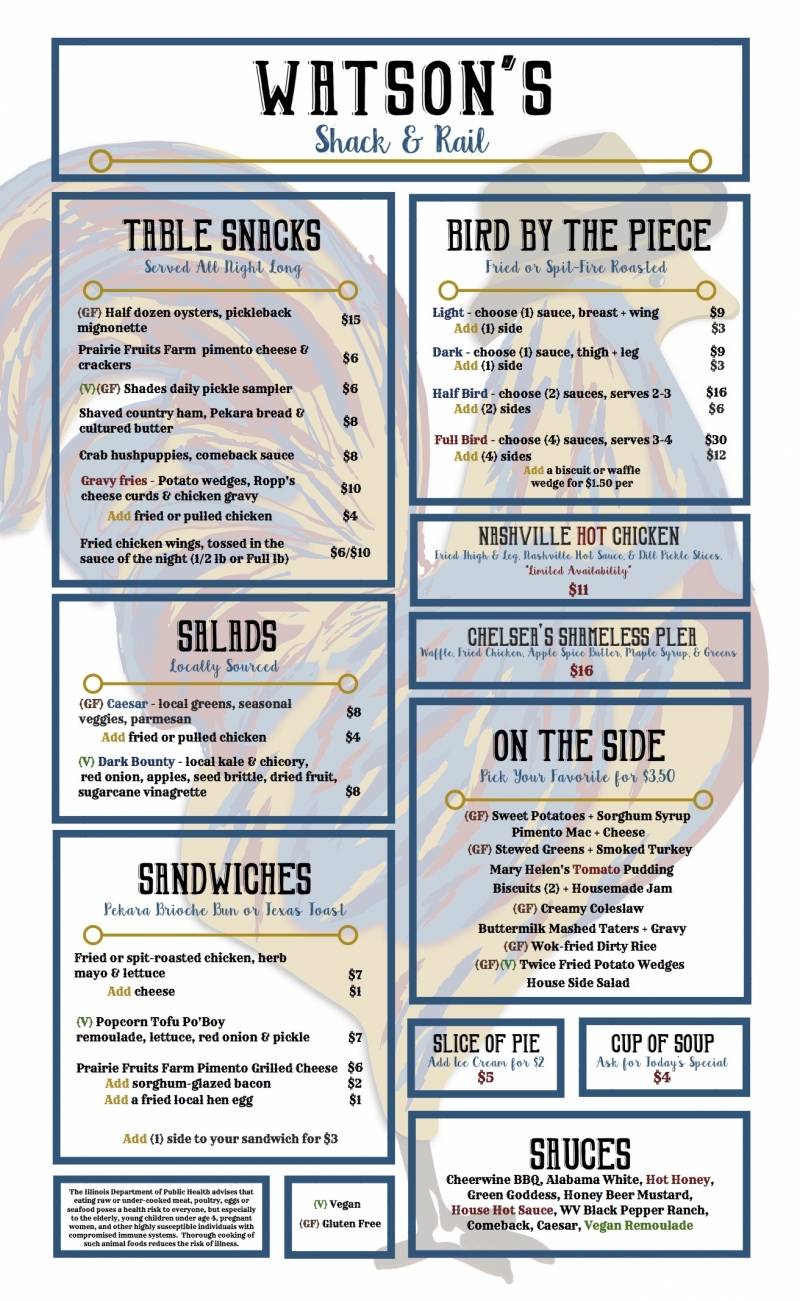Alright folks, let me walk you through this little project I cooked up – Watson’s Menu. It’s nothing fancy, just a personal exercise, but I learned a few things along the way, so I figured I’d share the process.

The Idea:
So, it all started when I was messing around with the IBM Watson API. I was thinking, “What’s a practical way to use this thing?” I landed on the idea of creating a menu suggestion app. You know, something that takes your dietary restrictions and preferences, and spits out meal ideas. Seemed straightforward enough.
Getting Started: The Data
First things first, I needed data. I spent a good chunk of time scraping recipes from various websites. It wasn’t pretty, let me tell you. Lots of HTML parsing and cleaning. I ended up with a decent-sized dataset of recipes, each with ingredients, instructions, and some basic nutritional info. It was a messy process, but hey, data is data.
Wrangling Watson: The API Call

Next up was integrating with the Watson API. I decided to use the Natural Language Understanding (NLU) service. My goal was to feed the recipe descriptions to Watson and have it identify key ingredients, cuisine types, and dietary flags (like vegetarian, vegan, gluten-free, etc.). This involved setting up an IBM Cloud account, getting the API keys, and writing some Python code to make the API calls. The response from Watson was pretty impressive, accurately identifying most of the relevant info.
Building the Menu Logic: The Brains
Here’s where I had to put on my thinking cap. I built a simple logic engine that takes user preferences as input (e.g., “vegetarian”, “no dairy”, “Italian cuisine”) and then filters the recipes based on the Watson NLU results. I also added a scoring system that prioritizes recipes that closely match the user’s preferences. It’s not perfect, but it does a reasonable job of suggesting relevant dishes.
The Interface: Keeping it Simple
I didn’t want to overcomplicate things with a fancy UI. I just created a basic command-line interface (CLI) using Python. The user enters their preferences, and the app prints out a list of suggested recipes with their descriptions. It’s functional, if not particularly beautiful.

Challenges and Hiccups: The Real Deal
- Data Cleaning: I mentioned it before, but data cleaning was a nightmare. Recipes came in all sorts of formats, and there were plenty of inconsistencies.
- API Rate Limits: The Watson API has rate limits, so I had to be careful not to flood it with requests. I implemented some caching to reduce the number of API calls.
- Accuracy: While Watson’s NLU is good, it’s not perfect. It sometimes misidentified ingredients or missed dietary flags. I had to manually correct some of the data.
- The actual menu logic: After the basic implementation, it was clear that there were a lot of things to consider when recommending food.
What I Learned: The Takeaways
This project, while simple, taught me a lot about working with APIs, data wrangling, and basic machine learning concepts. I learned that even a small project can be surprisingly complex, and that data cleaning is often the most time-consuming part.
What’s Next?: The Future
If I were to continue working on this, I’d focus on improving the accuracy of the recipe filtering, adding more sophisticated scoring algorithms, and building a more user-friendly interface. Maybe even a web app. But for now, it’s a fun little project that I can show off. I also want to try something with the tone analyzer API to suggest meals based on your mood.

Final Thoughts: The Conclusion
So, there you have it – Watson’s Menu. It’s not going to revolutionize the culinary world, but it was a fun and educational project that helped me explore the capabilities of the IBM Watson API. Give it a try, and let me know what you think!







